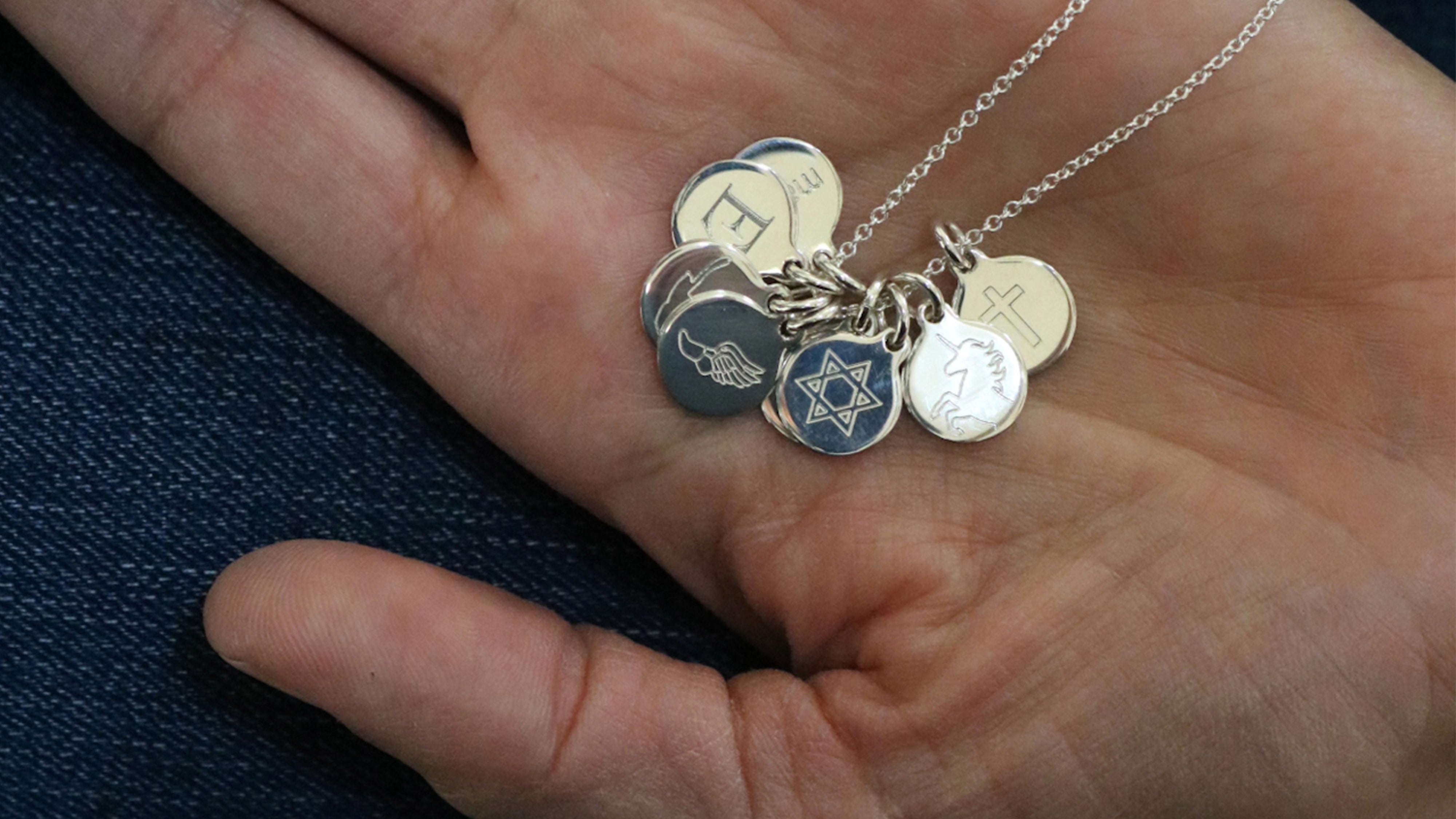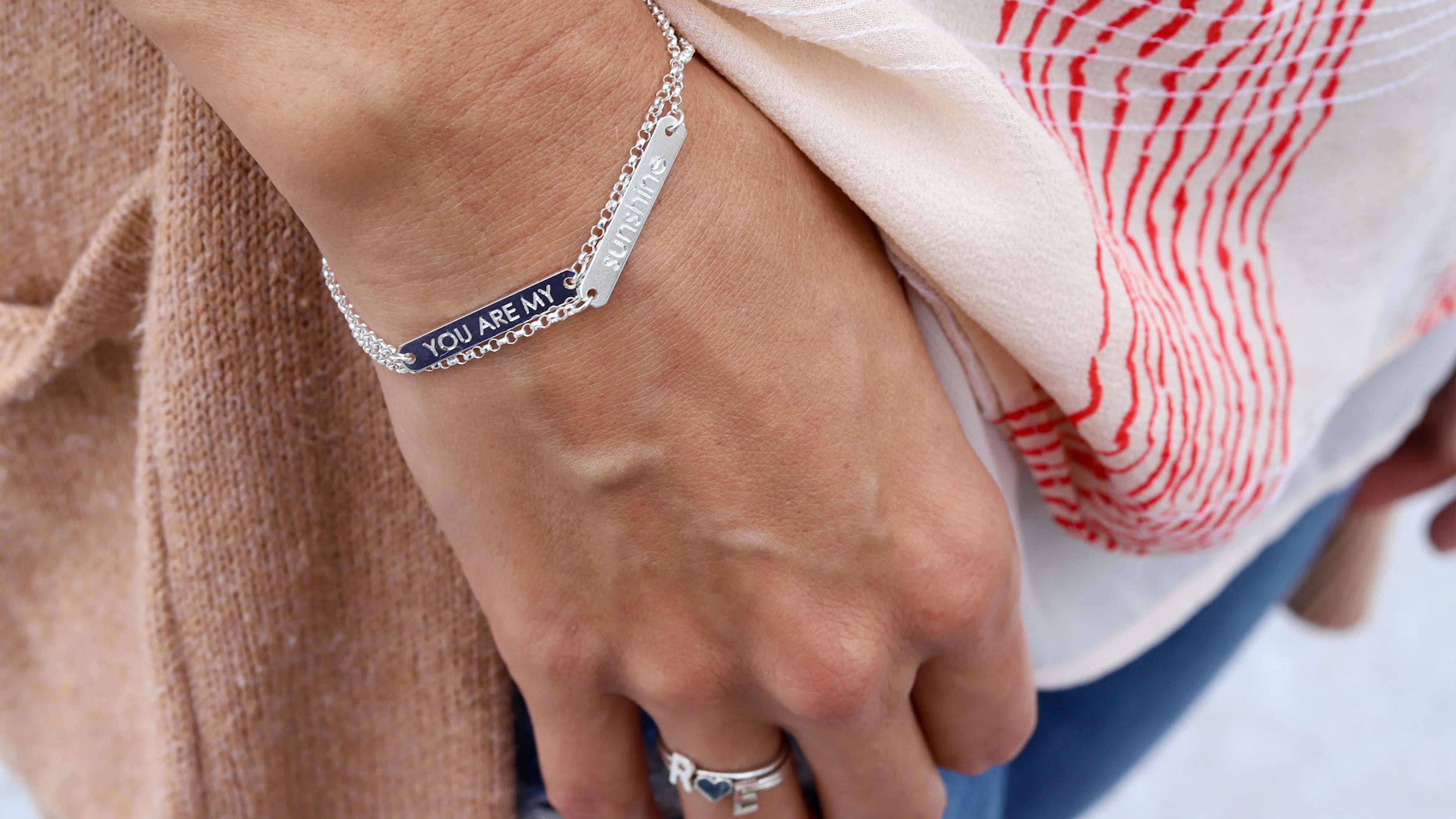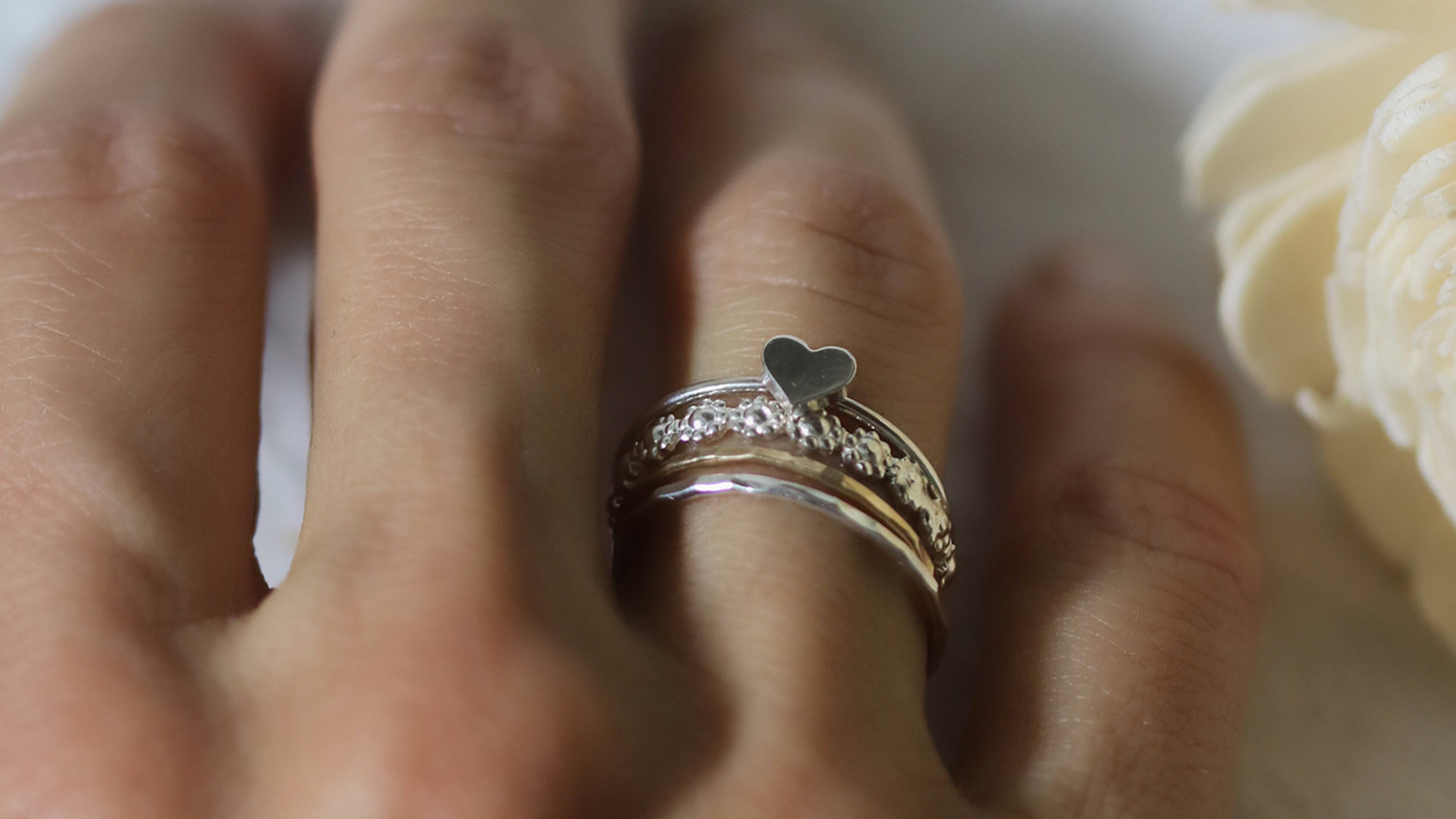Secondary Infertility & Asherman’s Syndrome. My Story.

Disclaimer: 1. This post includes miscarriage and period talk. If you consider these things triggers or gross, I suggest you move on and 2. I’m not a medical professional. I wrote this post based on my experience and don’t use many technical terms. Please keep that in mind when reading.
I always knew I wanted more than one child. When Emmett was almost a year old, Robert and I agreed that it was time to start trying for Baby Reese 2.0. I figured it wouldn’t be that hard and we’d be pregnant in no time. After all, we got pregnant with Emmett on the first shot. But month after month, I took a test and month after month, it came back negative. We finally got that positive sign on the fourth try and I was ecstatic. Scared, but excited.
Fast forward to our first ultrasound at 8 weeks. The technician was quiet. Her face a blank stare at the screen. I knew the news wasn’t good and tried to stay calm, smiling at Robert with hope but feeling dread. A blighted ovum. Pregnant with no baby to be found is a weird feeling. I went home and googled, googled, googled. I found every story I could that gave me hope, stories of women with diagnosed blighted ovums that turned out to just be fetuses hidden in a tilted uterus. My uterus is tilted! My fetus could just be hiding, right?!? I refused to get a D&C until we could be sure and held onto that pregnancy until 12 weeks when another ultrasound confirmed the original diagnosis. I cried, I grieved, I had a D&C and we resolved to move forward. The good news was that I could get pregnant and that I could carry a child to term, things we knew to be true.
And so we resolved to be positive and to try again. I waited for my period, knowing that the month after a miscarriage or D&C could be the most fertile. But my period never came. My doctor told me to be patient, that my body would take care of itself and once my hormones stabilized, I’d get my period again. Four months after that D&C, I thought it was finally coming. I was actually scheduled to run a 4 mile race that morning but when I got out of bed, I could barely stand. I spent the morning laying on the bathroom floor, vomiting and shaking. But my period never came. Two days later, the cramps stopped but Aunt Flo was missing. A month later, the same. Cramps, no period. My stomach was constantly bloated. I’d do speed work at the track and it felt like there was liquid gushing around in my belly but I knew my stomach was empty. I called my doctor, insisted on tests. Blood work, ultrasounds, more blood work, etc… I was diagnosed with polycystic ovarian syndrome based on one little number in my blood work, even though no cysts were seen on my ovaries.
Throughout all of this, I was pretty open with some of my closest friends. Hiding these most important things in my life would have felt like lying so I didn’t hide them. My friends knew about the pregnancy, the miscarriage, the cramps, and missing periods. One friend in particular had been through her own ordeal with infertility and miscarriages and when she heard my story, she told me about Asherman’s Syndrome (AS). AS is a condition in which the uterus forms adhesions, or scar tissue, resulting from uterine trauma. In other words, you know how when you cut yourself you can get a scar? The same goes for your uterus. Suddenly it all clicked. In just over two years, between Emmett’s birth and resulting surgeries, miscarriage and D&C, I’d had five surgeries on my uterus. I called my doctor and asked her about AS but she brushed it off, sticking with her original diagnosis. So I switched doctors.
It turns out that there are very few AS specialists in the country but one happened to practice an hour away from me. I called, made an appointment, and a month later I had an official diagnosis. I had AS. The doctor could see some scar tissue on an ultrasound, along with fluid that was likely trapped period blood. My uterus was sealed closed with scarring. Nothing could go in, nothing could come out. I was scared but so relieved to finally have an answer.
An AS diagnosis is officially confirmed with a hysteroscopy, in which a small tube with a camera is inserted through the cervix into the womb. Since my doctor was pretty sure there was significant scarring based on my ultrasound, we decided to schedule my hysteroscopy at the same time as surgery to remove the scar tissue. Not only would this save me an extra procedure, but it would give my doctor great visibility to the scar tissue that needed to be removed during surgery.
After the surgery, a uterine balloon was placed inside me and blown up, with a small catheter coming out of me. The purpose of the balloon was to keep the uterine walls apart, preventing more adhesions from forming. After seven days, I returned to the doctor to have the balloon removed and had another hysteroscopy to make sure the scarring was totally gone. This time, since there wasn’t any surgery along with it, I was wide awake. The doctor had trouble getting the tube through my cervix and as he pushed through, I remember screaming in pain and tears streaming down my face. I was physically and emotionally drained. I wasn’t sure how much more pain I could take. But the news was good, my scarring had healed nicely and since the top of my uterus had been spared from scarring, there was a good chance I could get pregnant again. Just another week of hormone therapy to get my body ready and after my next period, we could start trying again!
So we started trying again. And again, month after month, the tests were negative or I’d get my period before I even had a chance to take a test. I wasn’t ready to give up. I began charting everything from my basal temperature to my cervical fluid. I logged it in two apps on my phone, just to be sure all my bases were covered. I confirmed we were “trying” during ovulation but after a few months, I realized that those days weren’t coordinating as they should with the quality of my cervical fluid. In fact, I had no cervical fluid on those days. Damn hormones. Hmm… google, google, google! I found that in these cases, women who had taken Mucinex the week leading up to ovulation, but not during ovulation (so as to not expose the fertilized egg, in case!) produced the appropriate cervical fluid and got pregnant pretty quickly. I tried it. It worked!!! I got pregnant the first month trying Mucinex! Today, I am 35 weeks pregnant with Emmett’s little brother or sister.
Writing this was hard. I’m sitting at a cafe trying to get it all out, to sound coherent, and I’m crying. It’s hard to remember it all to put it all out there. So excuse me if this is long and lacks sophisticated writing. I’m just trying to get it out.
I try to keep private matters to myself, especially making sure to respect Robert’s and Emmett’s privacy in the process. But if I hadn’t told my friend about my struggles, I may not have found out about AS in the first place, and I might still be struggling to get pregnant. Asherman’s Syndrome is extremely rare and many doctors don’t even know about it. I wonder how many women going through unexplained infertility might be suffering, might benefit from spreading the word and knowledge. Some of my friends who know my story have actually asked to share it with their friends, thinking they might be going through the same thing. Three women have received Asherman’s Syndrome diagnoses as a result. So this is my story. If you’ve been through miscarriage and/or infertility, I hope it helps you. If not, perhaps it’ll help someone you know and love.








